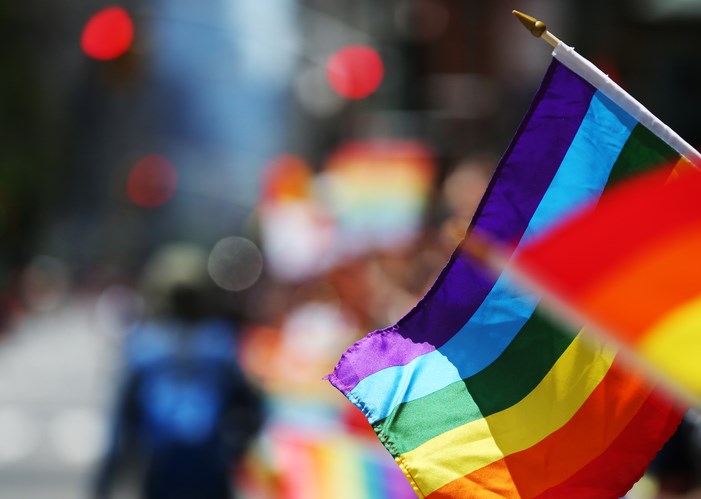Supportive communities and a progressive political climate can help combat LGBT teen suicides, especially among girls, new shows.
“Consistent evidence has indicated higher rates of suicidal behaviour among sexual minority youth than their heterosexual counterparts,” the report said
Data came from the 2013 British Columbia Adolescent Health Survey. The study sample included 2,678 self-identified LGB and mostly heterosexual students (69% girls) in grades 8-12 from 274 B.C. public schools.
“In Canada, suicide accounts for 24% of all deaths among youth aged 15–24 years, representing one of the leading causes of youth fatality,” the study said.
What the B.C. research team found was that the greater the LGBTQ youth supports in a community, the less likely sexual minority youth, particularly lesbian and bisexual girls, were to have suicidal thoughts or attempts, or to self-harm than their counterparts in communities with such supports.
And, research shows that safe and inclusive schools, particularly those with gender and sexuality alliances – or GSAs - contribute to LGBTQ youth well-being.
Further, the team also found lesbian and bisexual girls in communities where more people voted NDP in the 2013 provincial general election were less likely to report suicidal thoughts or self-harm.
UBC lead researcher Elizabeth Saewyc, said policy platforms for NDP provincially and the Democratic Party in the U.S. were looked at as proxies for progressive attitudes on sexuality issues.
Students were asked, for the previous 12-month period, whether they had seriously considered killing themselves, frequency of actually attempting to kill themselves or if they had cut or injured themselves on purpose but not trying to kill themselves.
Research indicated supportive environments include Pride events, the Transgender Day of Remembrance, Anti-Bullying Day and PFLAG meetings supporting parents, families and friends of LGBTQ people, bars and coffee shops, art activities and groups, advocacy organizations, social meet-ups and adolescent and young adult health.
Other such environments include clinics, other health clinics, mental health professionals, domestic violence and sexual assault services, places of worship, housing services, libraries, travel services and LGBTQ youth-serving organizations.
“All of these things together send a message in a community and demonstrate there are places where LGBTQ youth are welcome and they’re safe,” Saewyc said. “You’re part of the community. You matter. Let’s celebrate you. We support you.”
“Our goal is to help make a difference for young people,” Saewyc said.
But, Saewyc said, “There are still communities that are clearly uncomfortable even now and are not supportive of sexuality and gender diversity issues.”
The research was published in the Preventive Medicine journal.
The study was a joint effort between UBC, the University of Minnesota, the University of Connecticut and San Diego State University with funding from the Canadian Institutes of Health Research and the National Institutes of Health in the U.S.
@Jhainswo
Ěý



